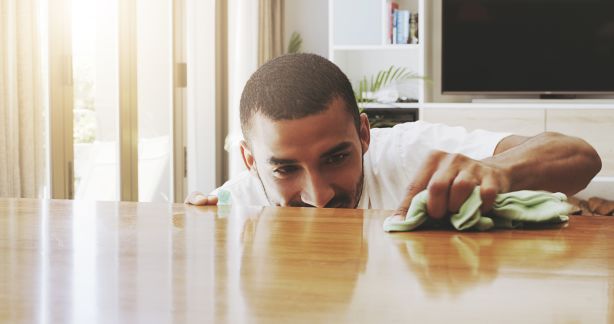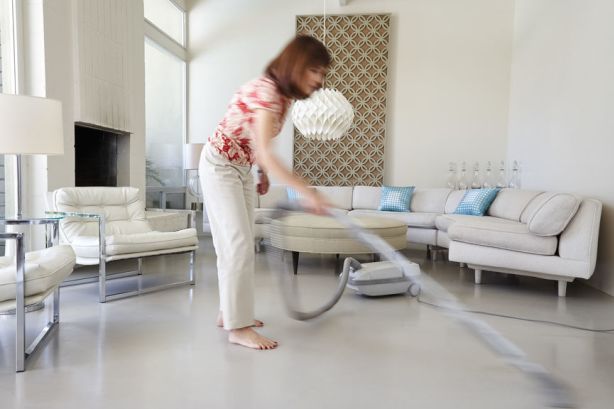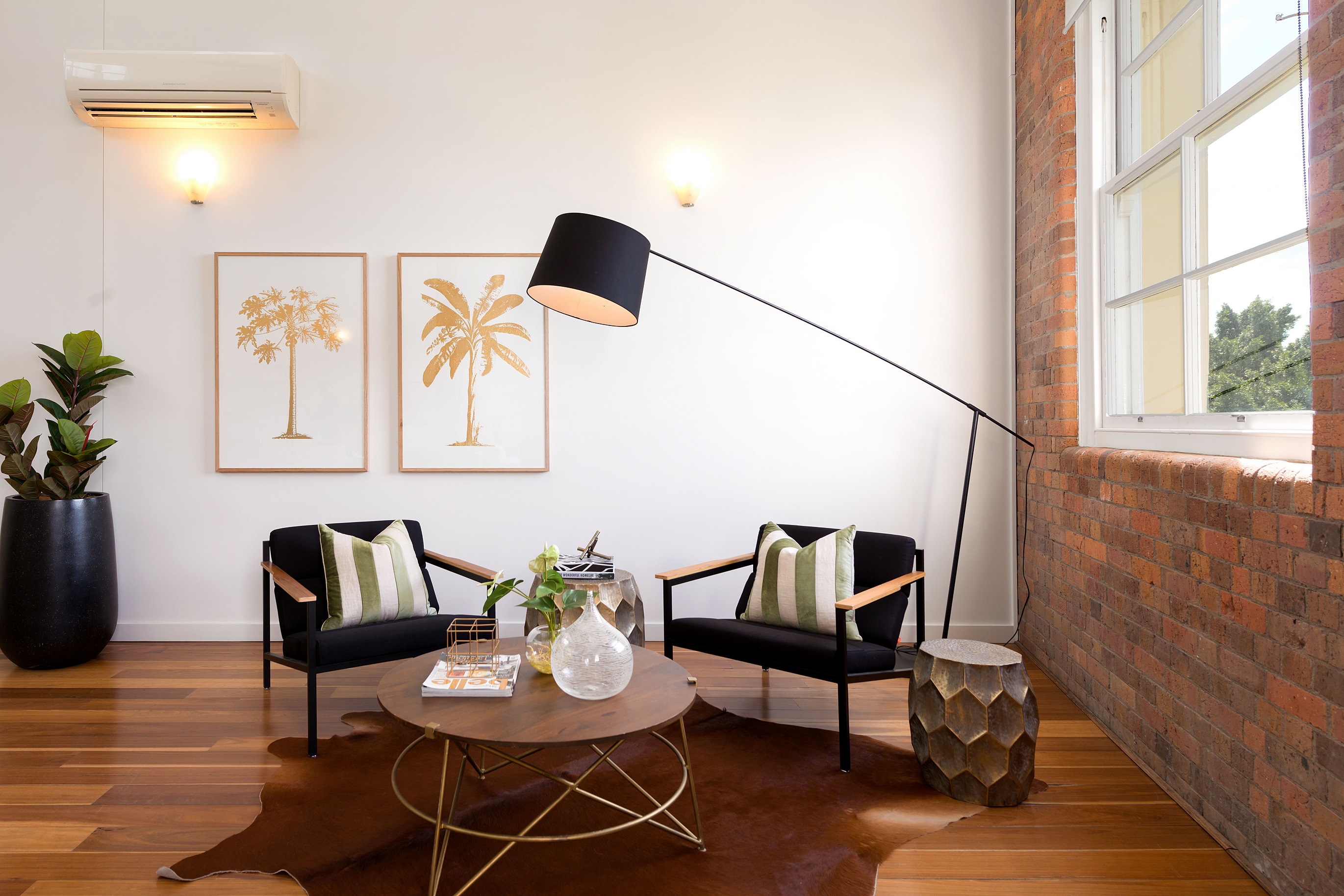
Cleaning the house — you either love it or hate it. For some, getting out the gloves and making every surface crystal clean is therapeutic, and maybe even enjoyable, but for others cleaning is a dreaded chore that evokes huffing and puffing.
You only have to do a quick Google search to see all of the new cleaning hacks circulating. All of them proclaim themselves to be the newest and easiest ways to clean different areas of the home, but it can be hard to know which ones have merit and which ones are simply internet myths.
OLD SCHOOL COFFEE FILTERS
According to quality control officer Paul Mangold from Fantastic Cleaners, one handy trick that people may not know involves old-school coffee filters.
“Most of the modern coffee machines don’t have filters at all, but if you can get your hands on some, they are perfect for cleaning TVs, phones and monitors,” he says.
“They are better than paper towels because they are absorbent and won’t leave any lint on the surface.”
DISINFECTING
A handy hack for disinfecting carpets or mattresses with this homemade solution.
“All you need is a vacuum cleaner and some baking soda. First, vacuum the area to remove the dust. Then spread baking soda all over and leave it to work for at least an hour. The baking soda will absorb moisture and unpleasant smells, as well as disinfect and refresh the fabric.”
All you need to do after that is vacuum again.
CLEANING MISTAKES
When it comes to cleaning mistakes, there’s a few common errors that the everyday cleaner is prone to making.
“One of the biggest cleaning mistakes that people make is using the same rag when cleaning different surfaces. Even though we use detergent, the rag still picks up germs and dirt from each surface and spreads everything onto the next one,” Mangold says.
“This means that kitchen germs get on the coffee table, and let’s not even mention where the bathroom germs can get.”
Other common mistakes include using feather dusters (that, in theory, just blow around the dust), spraying detergents directly onto gentle surfaces, putting hard-to-clean tools such as garlic presses in the dishwasher and not washing the curtains.
FURNITURE POLISH
When it comes to keeping furniture polished, Jane suggests grabbing the olive oil.
“Olive oil can be used to polish wooden furniture and even mask shallow scratches. It’s a good alternative to the regular furniture polishes because it doesn’t contain any chemicals.”
Here are two ways to use it:
For regular polishing and disinfecting: Mix a few drops of olive oil into five tablespoons of lemon juice in a glass container. Dip a soft polishing cloth, wring it and apply the solution on the surface by rubbing gently. Allow it to air dry before placing everything back in place.
For deep cleaning and masking scratches: Instead of lemon juice, use white vinegar. Mix the two ingredients in the same proportions, and apply the solution to the surface. Don’t rub too harshly and leave it on to soak for a few minutes. After it dries, buff the surface with a soft cloth.

Looking at the floors, protecting tile grout means less cleaning later.
“Everyone knows that cleaning the grout is one of the most unpleasant jobs, because it takes ages to scrub them, and the results are not always as we want them. If you want a quick and handy solution, you can use candle wax,” Mangold says.
“Just get a white candlestick and firmly rub it directly into the grout, to make sure all the cracks are covered. Go over the surface a few times if needed. Wax will keep the water away, won’t allow dirt to settle into the hard-to-reach spaces and will prevent mould and mildew growth.”




